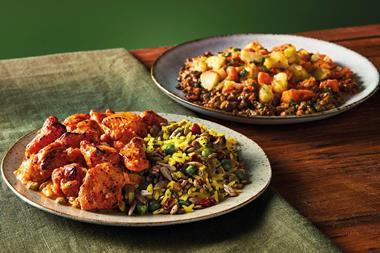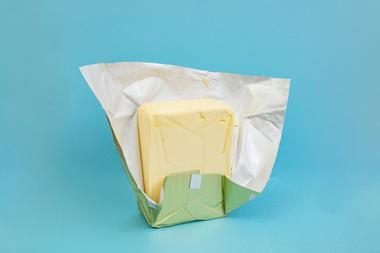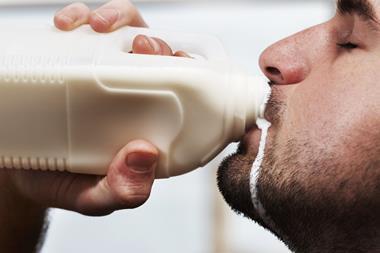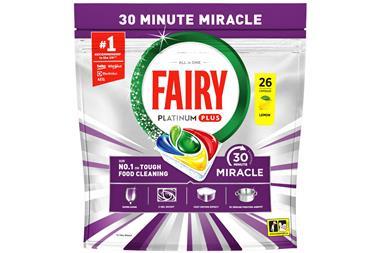Retail sales of yellow fats amounted to £789m in 2000, of which butter accounted for 40%.
Overall, volume sales of yellow fats have declined some 16% since 1996, while value declines totalled 9% over the same five-year review period.
Value decline has not been as great as volume decline, as consumers have been trading up to higher-priced products, notably spreadable butters, olive oil-based spreads and, more recently, cholesterol-reducing spreads.
There is little doubt that sales of butter have been driven largely by the explosion in the number of spreadable butters that have been launched in the past two years. These accounted for 28% of the butter category in 2000, compared with 19% in 1998.
Within the spreads category, value growth in 2001 is being driven by the added value sectors of olive oil spreads and cholesterol-reducing products.
The key factors driving the market continue to be taste, convenience and general health issues. Today's consumers are looking primarily for a great taste, but they also want convenience which in yellow fat terms means a spreadable product.
They also need to be assured they can trust what they are eating.
Health is not necessarily the motivation it once was, and certainly it is no longer the biggest driver in the category. Consumers are said to be moving away from deprivation to positive healthy eating, and are eating some high fat foods in moderation.
Grocery multiples are increasing their share of sales of most grocery categories and yellow fats is no exception. Independents and symbol groups are also growing market share in line with the multiples as they play an important role in distress purchasing.
{{MARKETING - P&P }}
Close menu
- Home
- Retail & Wholesale
-
Products & Suppliers
- Back to parent navigation item
- Products & Suppliers
-
Product Categories:
- Back to parent navigation item
- Product Categories:
- Alcoholic drinks
- Bakery
- Cereals & breakfast
- Cheese
- Chicken & poultry
- Chocolate
- Confectionery
- Crisps, nuts & snacks
- Dairy
- Fish
- Fresh produce
- Frozen
- Household
- Meat
- Own Label
- Sauces & condiments
- Seasonal
- Soft drinks
- Vaping
- Vegan & plant-based
- World foods
- Suppliers
- People
- Reports & Data
-
Topics A-Z
- Back to parent navigation item
- Topics A-Z
-
Popular topics:
- Back to parent navigation item
- Popular topics:
- Cost of living crisis
- Crime
- Deposit Return Schemes
- Finance
- Government & Regulation
- Health
- Inflation
- Loyalty
- Marketing
- Mergers & Acquisitions
- New Product Development
- Sourcing
- Supply chain
- Sustainability & environment
- Technology
- Ultra Processed Foods
- Vaping
- A-Z all topics
- Content by type:
- Events
- Ask iA (beta)
- Subscribe now
Sign in to comment on this article
Not logged in before? Register for FREE guest access today.
You will be able to:
- Read more stories
- Receive daily newsletters
- Comment on stories
Advert



















No comments yet